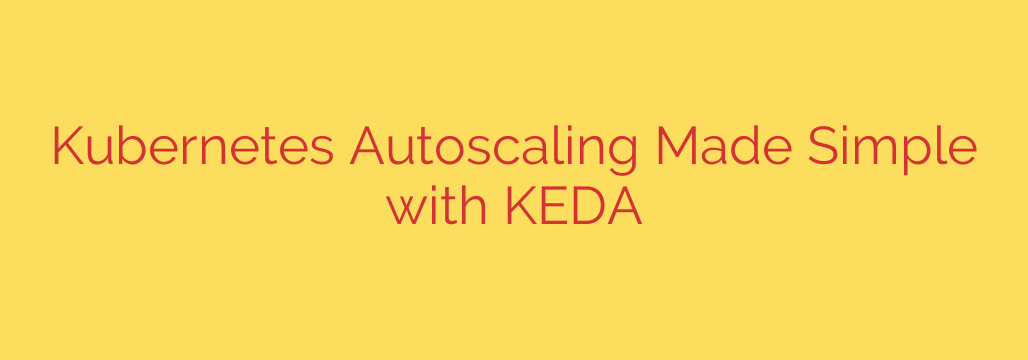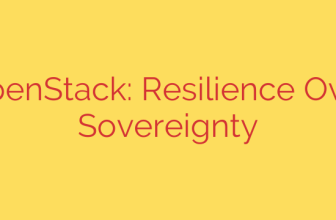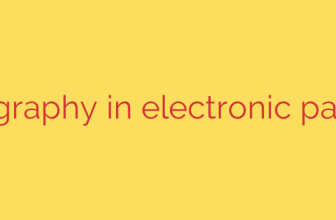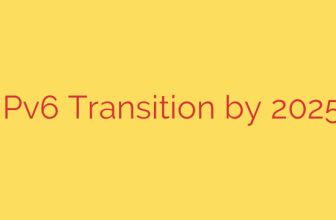
Managing application workloads efficiently in Kubernetes requires robust autoscaling capabilities. While the standard Horizontal Pod Autoscaler (HPA) is effective for scaling based on resource metrics like CPU and memory, many modern applications, particularly those built on event-driven architectures, scale based on signals from external event sources. This is where KEDA, or Kubernetes Event-driven Autoscaling, provides a powerful and simple solution.
KEDA extends Kubernetes autoscaling to react to events from various sources, such as message queues, database changes, serverless functions, and more. It works by introducing “scalers” that connect directly to these diverse event sources. These scalers translate the pending events or messages into metrics that the standard HPA can consume. This allows KEDA to trigger scaling actions based on actual demand reflected in your queues, streams, or other event backends.
One of KEDA‘s significant advantages is its ability to scale applications from zero instances to many and back down to zero when there are no events to process. This ensures optimal resource utilization and cost savings, as you only consume resources when your application is actively processing workloads.
By seamlessly integrating with the HPA and providing a rich ecosystem of scalers for numerous event sources, KEDA simplifies the complexity traditionally associated with implementing event-driven autoscaling in Kubernetes. It empowers developers and operators to build highly responsive and cost-effective systems that automatically adjust to fluctuations in event-driven workloads.
Source: https://www.fosstechnix.com/autoscaling-with-keda-in-kubernetes/








